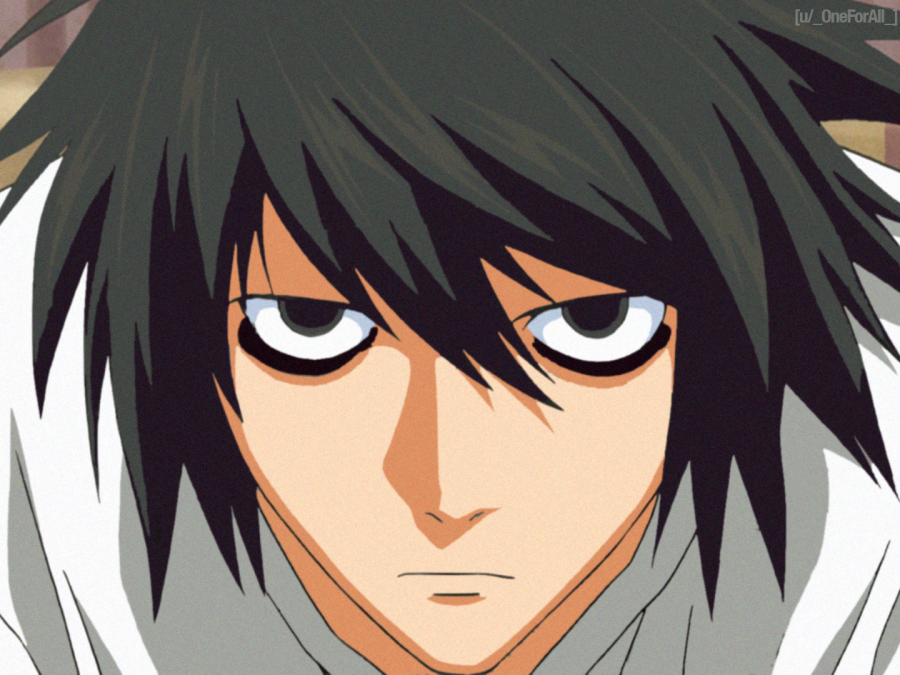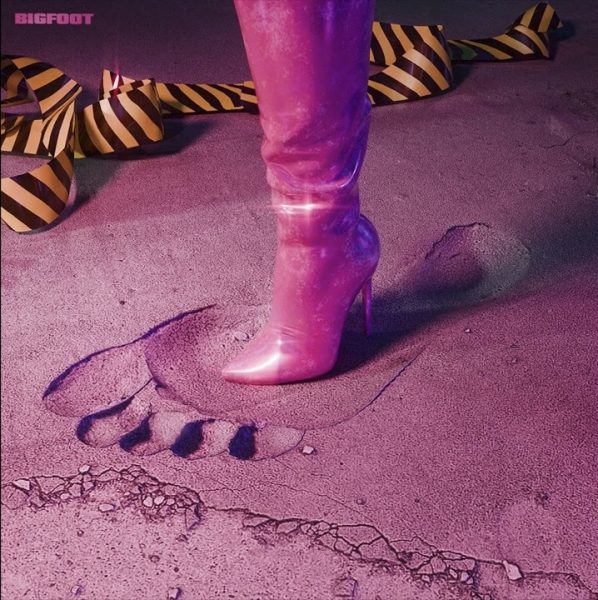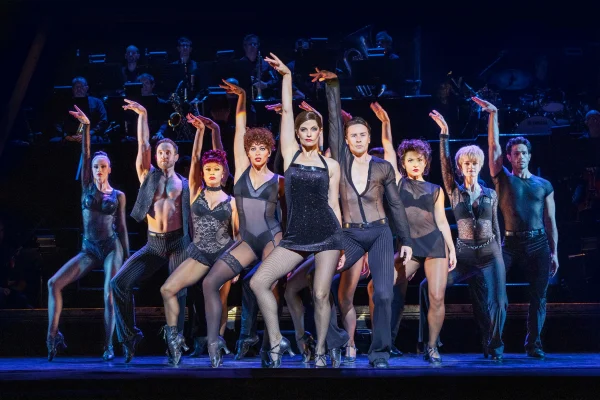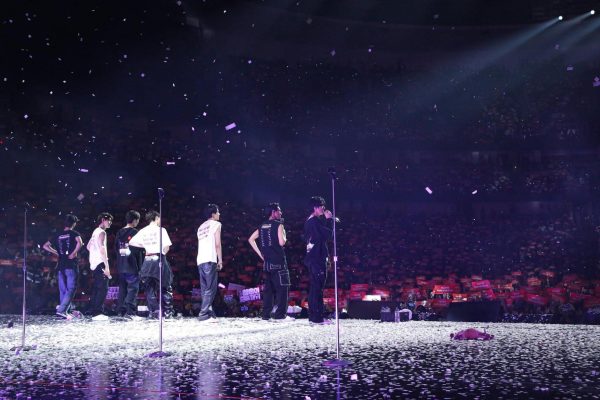The Growth of Japanese Anime.
Character “L” from a highly popular anime called “Death Note” on Netflix.
January 23, 2021
Anime, defined as a style of Japanese film and television by google.com, has been a cultural force for Japan over the past century. With the globalization and translation of this once traditional form of production, many people have joined the anime “community” in the past decade.
Anime originated with the birth of the Japanese film industry in the early 1900s. Anime production developed a small foundation during its early years but suffered much loss after the catastrophic Great Kanto Earthquake in 1923. After this, the industry was said to have “start over from scratch” (nippon.com). From there, anime lasted through the era of film without sound or color. Anime also continued through wars, sometimes acting as a form of propaganda. Ultimately, it arose with the innovation and evolution of the film industry. It developed to be a highly popular part of the culture in Japan that has ended up spreading around the world (sandbox.edu).
Today, anime has become mainstream in American culture as well. Anime streaming sites offer thousands of animes to fans that have been made in English originally, translated from Japanese to English, or remain in Japanese and offer subtitles to English speaking viewers. A main anime streaming platform called “Crunchyroll” has over 45 million users registered alongside 2 million paying subscribers (crunchyroll.com). In addition to sites like Crunchyroll, anime has made its way to big entertainment companies like Netflix, Hulu, and Amazon. Hulu, being arguably the most popular among anime viewers, has around 400 titles to make anime conveniently available for its viewers (hulu.com).
But why did anime become so popular in the first place? Shivani Annapureddy (12) responds to this question with her personal experience with anime. She feels that anime is enjoyable because of the “many different plots and storylines. They can be as broad and imaginative as you want.” In addition to the storyline, she points out that the “character development allows for you to get easily attached to the characters”. As she points out, there are so many different aspects to anime that are enjoyable to the viewer. Stories are presented that have never been seen before to capture a large and devoted audience.
Besides the story aspect itself, the art component is highly enjoyable to many viewers. The art within anime is often a 2D drawing from an artist that is given 3D aspects for specific scenes (sandbox.edu). Frames are commonly hand drawn and require an enormous amount of work to be able to tweak them to animation level. They use bright popping colors, special effects, sharp and soft lines to convey emotion, fight scenes, and many more artistically satisfying techniques for the viewer’s satisfaction.
There are many reasons that anime has become increasingly popular around the world. The more it grows, the more anime is available to the American audience. It is a beautiful part of Japanese culture because of its diversity and enjoyability. Anyone can find an anime from the big world of anime to explore!














































KAYDEN MANDLEY • Mar 7, 2021 at 10:52 AM
This is a great article, Karina! I personally don’t watch much anime but this piece really made me want to explore the art of Japanese anime. Great job!!
Nikole Galea • Feb 14, 2021 at 12:02 PM
Hi Karena, I loved the articles the points you brought made of sense. I personally don’t watch anime although Im sure it has helped a lot of people. It is also interesting how much the production has grown.
Sharon Sun • Jan 30, 2021 at 3:21 PM
Hey Karina, great article! I definitely agree with Shivani’s statement of anime being so popular with all the varieties of stories and plotlines — they definitely add to the richness of the catalogue of different animes for viewers to choose from, hence making the genre so popular.
Emily Eslao • Jan 23, 2021 at 8:51 PM
It was great reading an article about anime! I agree with a lot of the points made here, anime is definitely one of the things that made this past year bearable. There are also a lot of anticipated anime releases and updates in 2021, so that’s just more thing to look forward to!